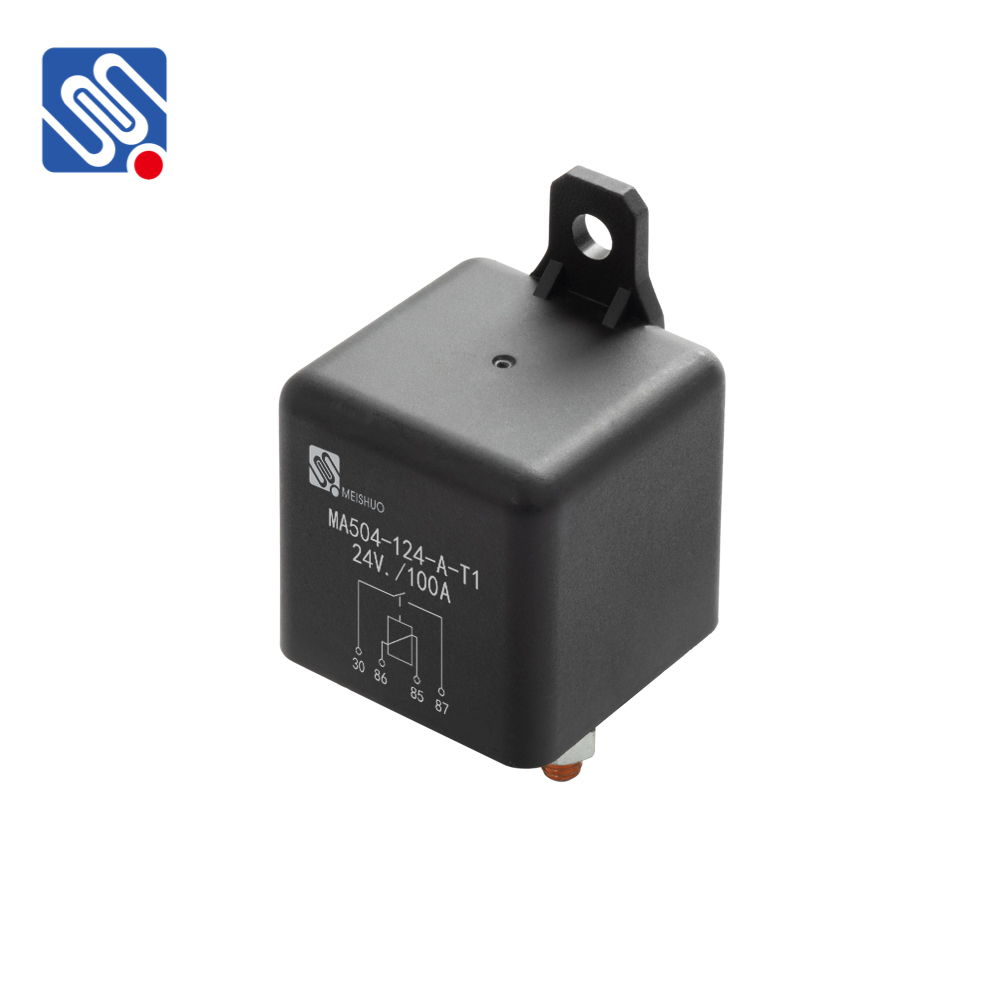understanding the 12v 100a relay: a key component for high-power applications
Release time:2025-03-19 17:21:01
A 12V 100A relay is a critical component used in various electrical systems, enabling the control of high-power devices with low-power signals. With the increasing demand for efficient and reliable power management in both automotive and industrial applications, the 12V 100A relay plays an essential role in ensuring the safe and effective operation of these systems. This article delves into the features, working principles, applications, and considerations associated with 12V 100A relays.

What is a 12V 100A Relay?
A relay is an electrically operated switch that is typically used to control a circuit with a low-power signal while switching a high-power circuit. The "12V" refers to the relay's operating voltage, typically matching the voltage used in automotive systems or low-voltage DC circuits. The "100A" denotes the maximum current the relay can handle, which is 100 amperes. These relays are designed to withstand the electrical demands of heavy-duty applications where a significant amount of current needs to be controlled.
Working Principle of a 12V 100A Relay
A 12V 100A relay operates using electromagnetic principles. Inside the relay, there is a coil that, when energized with a 12V signal, generates a magnetic field. This magnetic field then pulls a set of contacts together, allowing current to flow through the relay’s output terminals. When the coil is de-energized, the magnetic field collapses, and the contacts return to their original position, breaking the circuit.

